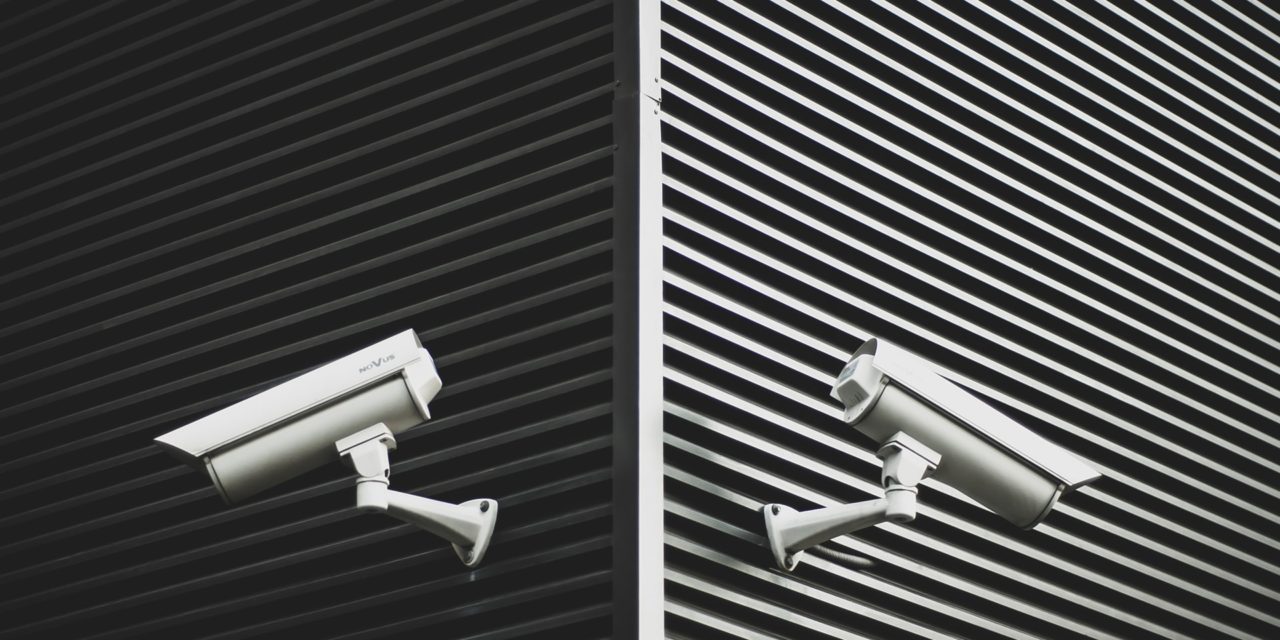[ad_1]
The COVID-19 pandemic is providing many challenges for medical professionals. However due to the aid of technology and remote work possibilities, many medical practices are able to continue to offer their services in a safe manner. Healthcare professionals are adapting to the circumstances, requiring masks and regular sanitation procedures on-site, as well as offering telemedicine services remotely.
In fact telemedicine is becoming a major trend during the pandemic. Video conference technology and other tools are enabling doctors and health professionals to provide appointments to their patients from their own homes. Though not as effective as face-to-face examinations, telemedicine allows for much-needed long-distance advice, care, and monitoring of high-risk patients.
However, several cybersecurity threats exist when practicing medicine remotely. Practitioners may not be accessing confidential data securely, putting them and their patients at risk of a data breach. This is not only dangerous for doctors and patients, but could be in violation of HIPAA regulations. It's vital that medical professionals working from home are using secure connections to access data and review patient records.
For those planning to establish a remote medical practice, here are five ways to make sure you can practice telemedicine securely:
1. Set up a secure VPN to access data.
A virtual private network (VPN) provides a secure connection to onsite servers via an Internet connection. Companies set up VPNs to allow their employees to have remote access to their business networks from any location.
The VPN works by securing the connection between the user and the servers, as if it were a tunnel encasing any information being sent across the VPN. It also encrypts any files that travel across the network so that even if the data is intercepted by an unauthorized user, they will not be able to read the file.
To set up a VPN, work with a professional in remote network security who can set up a network that will work best for your practice.
2. Implement MFA on all devices and accounts.
Multi-factor authentication (MFA) is a security measure that protects accounts from being hacked. MFA involves multiple security steps to gain access to a device or account. When a user attempts to log in, they are required to provide additional information other than a username and password.
For example, you may be asked a series of personal questions (decided by you) that nobody else knows the answers to. Fingerprint scanning is a more modern example that's frequently used with mobile technology. Another second authentication factor may be a text code sent to your mobile device.
MFA prevents about 99.99% of account hacking attempts. It adds depth to the security measures, keeping your devices and accounts safe and should be added on any and all accounts and devices.
3. Ensure your Internet connection is secure with the proper bandwidth and connectivity.
The security, speed, and bandwidth of your internet connection should be checked to ensure data can be safely accessed on your devices. You should also install anti-virus and theft preventative software to minimize the risk of a data breach.
Adequate network speed and bandwidth facilitate your work demands and ensure you have the capability to safely perform tasks such as video conferencing with patients without your Internet cutting out. While commercial Internet speeds are generally quite high, some home network speeds are too slow for work purposes and could be easily intercepted by a threat actor.
4. Learn how to avoid social engineering attacks (especially phishing emails).
Phishing is a type of scam whereby hackers attempt to trick you into sending them your personal information. This is generally done by email, text message, or social media. The scammer pretends to represent a reliable source, such as a bank or subscription service, and asks you to confirm account information, click on a link, or download an attachment.
When you click on a phishing link or attachment, it will often be laced with malware that will infect your device and compromise your data. Reliable businesses will likely never directly ask you for personal information in an email, so it's best to avoid these requests altogether.
Scan all messages closely and be wary of anyone asking for information to be shared online. Look our for red flags such as improper grammar, strange sender addresses, and links that resemble legitimate business addresses (such as amaz.on.com rather than amazon.com).
5. Eliminate any BYOD policies and opt for company-issue devices instead.
Bring-Your-Own-Device policies have their benefits, but when running a medical business remotely, it's important to prioritize security for the sake of you and your patients.
Healthcare data is highly valuable to hackers, so it's wisest to work from company-issued devices that can be securely maintained and managed according to HIPAA regulations rather than personal devices. Company-issued devices can be customized to only allow access to certain sites, prevent downloads of unauthorized programs, and monitor any potential security threats.
As your medical practice finds ways to leverage technology and help patients more effectively during these difficult times, it's critical that you maintain safety. By implementing these 5 best practices for remote security, your practice will be well-positioned to defend against even the latest remote threats.
[ad_2]
Source by George Rosenthal

